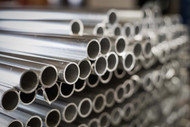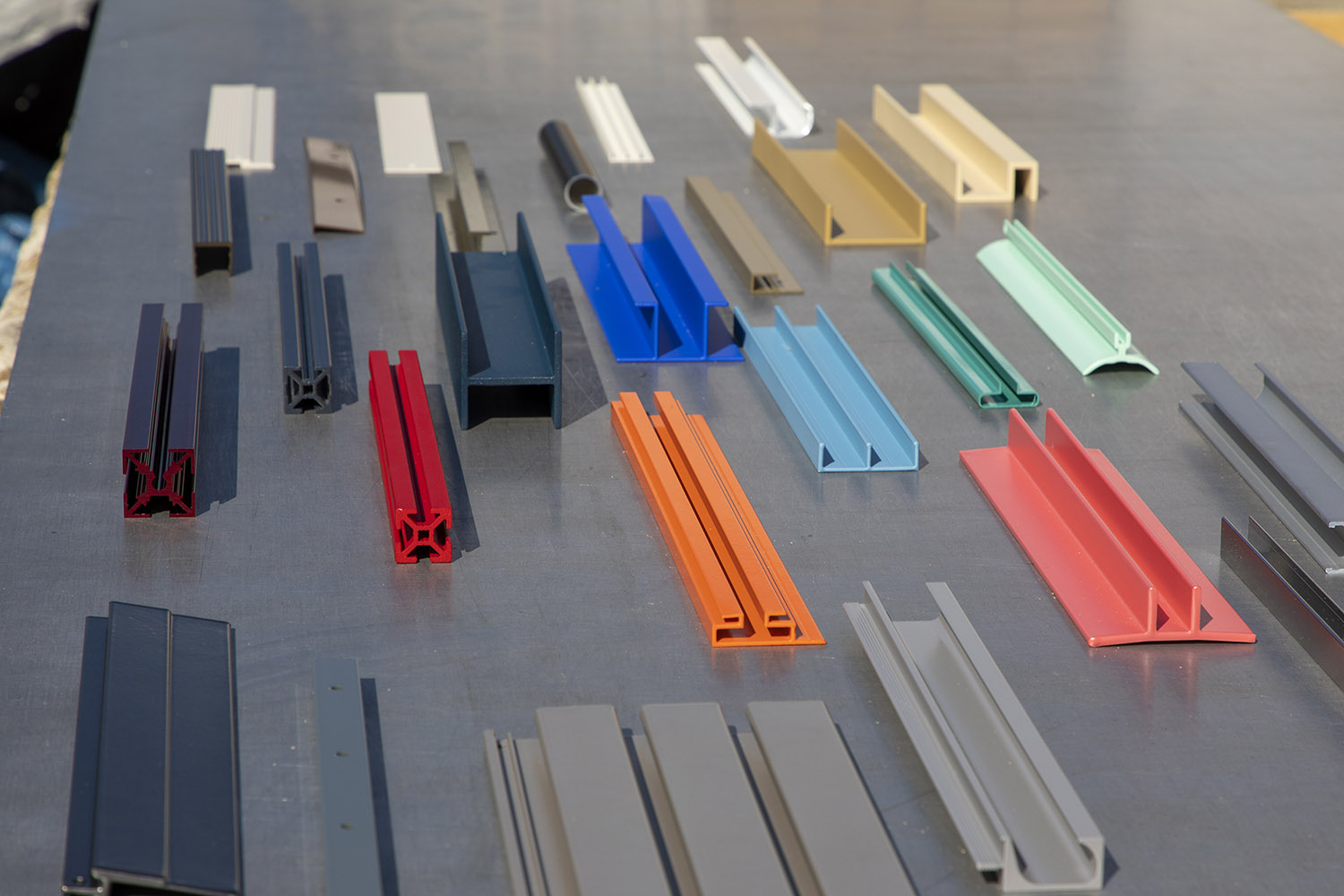Tube vs. Pipe: How to Tell Them Apart

Pipes and tubes may look similar, but they are in fact quite different. Both are used in a variety of industries for various purposes. It’s important to know the difference between the two to choose the right one for your needs.
So, what’s the difference between pipes and tubes? Let’s dive in.
Pipes
Pipes are generally round, cylindrical objects made from various materials, including metals, plastics, and concrete. They are used to transport liquids or gases from one location to another. Because they are used to transport materials, pipes are measured by their inner diameter (ID). This helps indicate their overall capacity. They also typically have threaded ends that can be connected to other pipes or fittings.
Pipe Specifications
Pipes are usually specified by their Nominal Pipe Size (NPS), Inside Diameter (ID) and schedule.
Nominal Pipe Size refers to standardized sizes that are loosely based on the pipe’s actual dimensions. It is essentially the average of the outer and inner diameters of the pipe. For example, a pipe with an inside diameter of 2.12 inches and an outside diameter of 2.6 inches would be considered a 2-inch pipe (or as having an NPS of 2 inches).
The schedule is the thickness of the pipe walls and is determined by the pipe's pressure rating. Pipes with higher pressure ratings have thicker walls and are, therefore, more robust than pipes with lower pressure ratings.
Tubes
Tubes, on the other hand, tend to be smaller in diameter than pipes. They are also constructed from various materials, including metals, plastics, and glass. Tubes are commonly used for structural stability, to carry fluids or gases and even as electrical conduits. Because their stability is a major factor, and because their size must be incredibly precise, tubes are classified by their outside diameter—but we’ll explore that in greater detail below.
Like pipes, tubes can be connected to other tubes or fittings using methods such as welding, brazing, or soldering.
Tube Specifications
Tubes are usually specified by their OD and wall thickness. The OD is the outside diameter of the tube, while the wall thickness is fairly self-explanatory and denotes the thickness of the tube walls. Depending on the application, the tube walls can be either thin or thick. For example, thin-walled tubes are frequently used for carrying fluids or gases, while thick-walled tubes are the more common choice for structural applications.
Tube vs. Pipe
To make a clear distinction between tube vs pipe, let’s make a comparison.
Shapes of Tubes and Pipes
While pipes are primarily round, tubes can be round, square, hexagonal or rectangular. The shape of a tube is typically dictated by its application. For example, round tubes are often used to carry fluids or gases, while square or rectangular tubes are preferred for structural applications like scaffolding.
Materials Used for Tubes and Pipes
The preferred metals for tubes and pipes include aluminum, steel, stainless steel and brass. You can also find plastics (PVC, ABS, polyethylene) and concrete. The material chosen for a particular application is usually based on the nature of the fluid or gas being transported, the required durability and strength of the tube or pipe, and the costs associated with the different materials.
When to Choose an Aluminum Tube or Pipe
Aluminum tubes and pipes are good for applications that require high corrosion resistance, lightweight, and good conductivity. For example, you’ll frequently see aluminum pipes and tubes in automotive applications, HVAC systems, compressed air systems, furniture, for boosting structural integrity and even in medical devices. Because it’s weldable, aluminum is also a good choice for applications that require safeguarding against leaks.
Ready to start your next project? Check out our aluminum tube and pipe selection tool! If you can’t find what you’re looking for, connect with one of our team members to learn more about our customization options.



